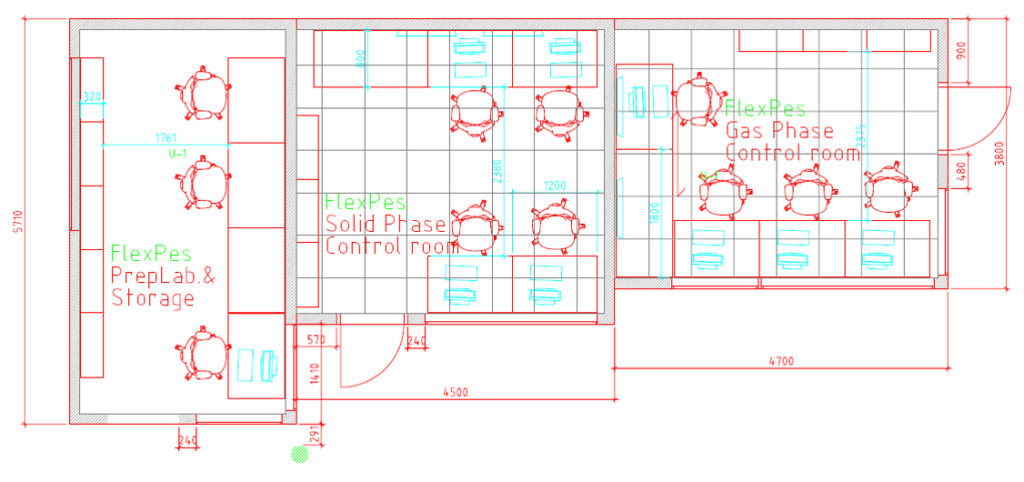Getting access
As a rule, there are two proposal calls per year, one in the spring and one in the autumn. For the up-to-date information regarding the calls, please look here: https://www.maxiv.lu.se/user-access/call-for-proposals/
A beamtime at FlexPES can start (earliest) from Tuesday 08:00 and finish (latest) 08:00 the following Monday. Therefore the maximum possible length of a beamtime is 6 full days. A single quantum of beamtime available for scheduling is the so-called “shift”, which is equal to 4 hours. Therefore, 1 week of beamtime is equal to 36 shifts (6 shifts/day, 6 days). When considering time needed for experiments, it is recommended to apply either for long experiments (36 or 30 shifts = 6 or 5 full days) or short experiments (18 shifts = 3 full days). It is expected that the beam is used in all shifts, including nights. Therefore, sufficient number of participants (ideally 4+/-1) should be secured for the beamtime.
Apart from “normal” proposals, we offer an opportunity to apply for the fast access (FA). The FA proposals are foreseen for testing the sample or approach feasibility; they should help (especially new users) in preparation of the normal proposals for a later call. The FA at FlexPES is limited at the moment to maximum 2 shifts (8 hours) of beamtime per proposal. For further info on FA, please refer to this page: https://www.maxiv.lu.se/user-access/access-modes/fast-access/
Writing proposals
FlexPES is oversubscribed, so proposals should be compelling and carefully written in order to be chosen by the advisory committee. Users are always welcome to send proposal drafts to the beamline staff ahead of the deadline if feedback is desired. Also at an earlier stage, we encourage anyone with ideas for new experiments to get in touch with the staff to discuss feasibility of the experiments and possible strategies of the proposal writing.
Support facilities

- Standard facilities for user experiments include the following: cooling water (T = 27 °C), electricity, pressurized air, dry nitrogen, liquid nitrogen, local network, WiFi for internet access.
- Liquid helium (if needed) has to be ordered several days before the experiment starts.
- Standard gases (N2, Ar, O2, CO2, CO, etc) are normally provided by MAX IV, once requested in the “Experiment Session” in DUO and mentioned in the ESRA (Experimental Safety Risk Analysis) form.
- Two cranes (up to 1 t and up to 0.5 t) are available at the beamline (operated only by the staff).
- There are two control rooms for visiting scientists (one for each branch) and an extra room for sample/equipment preparation and storage:

- An additional (large but shared with other beamlines) sample/equipment preparation laboratory is located just in front of the FlexPES beamline (room D100059). It is extra ventilated for cleaner conditions, and is equipped with supplies of pressurized air and dry nitrogen, work benches (two on wheels), shelves, sink with cold and warm water, fume hood, spot welding machine, optical microscope with image recording, spin coater, two ultrasonic baths, fire-proof cabinet for storing acetone and ethanol, four excicators, tool cabinet, etc
- A shared chemical laboratory is also located just in front of the FlexPES beamline (room D100060). It is equipped with fire-proof cabinets and refrigerators for storing chemicals, three fume hoods, supplies of pressurized air and dry nitrogen, work benches, shelves, sink with cold and warm water, glove box, balances, hot plates, furnaces, milli-Q water purification system, etc